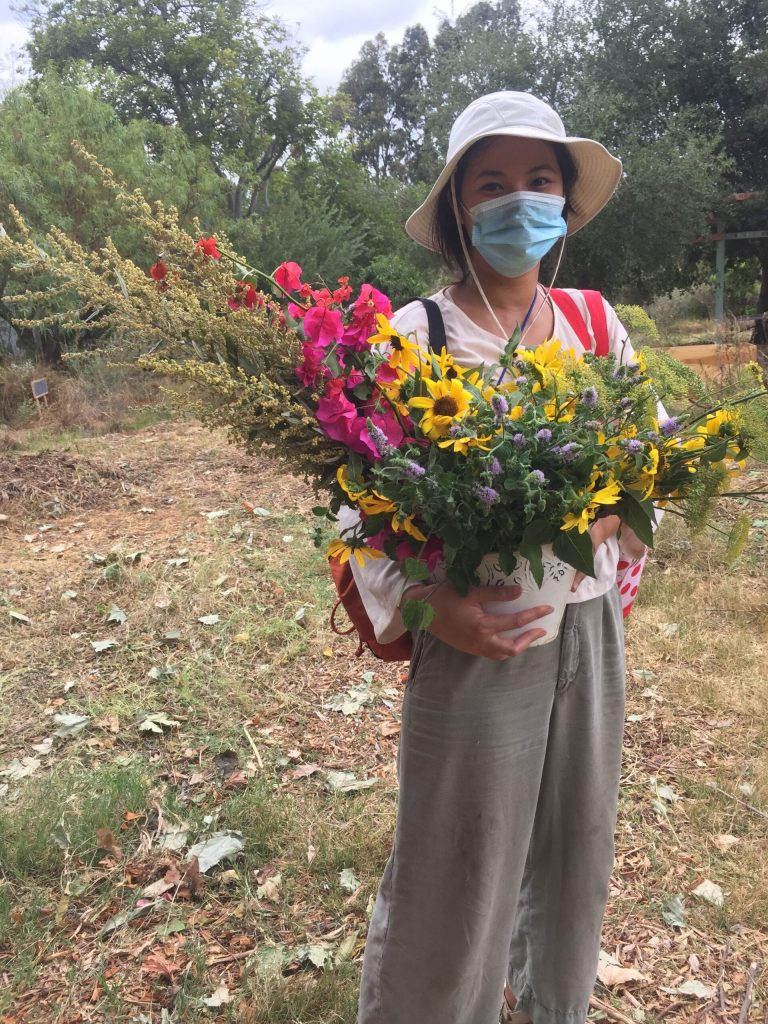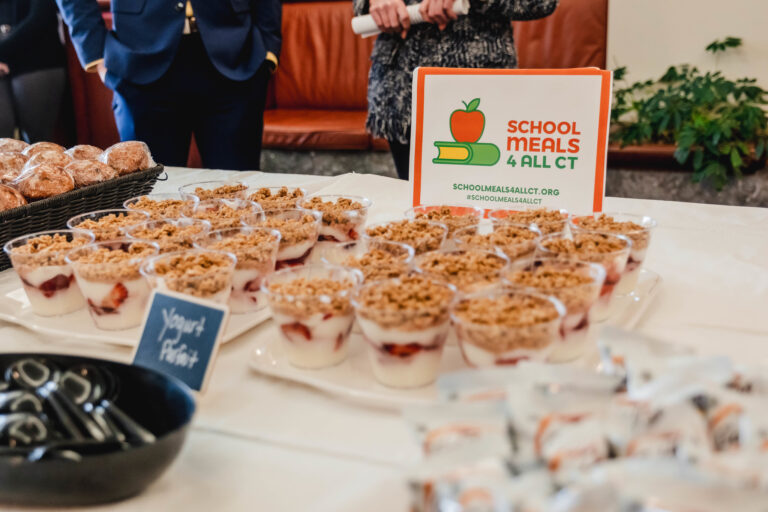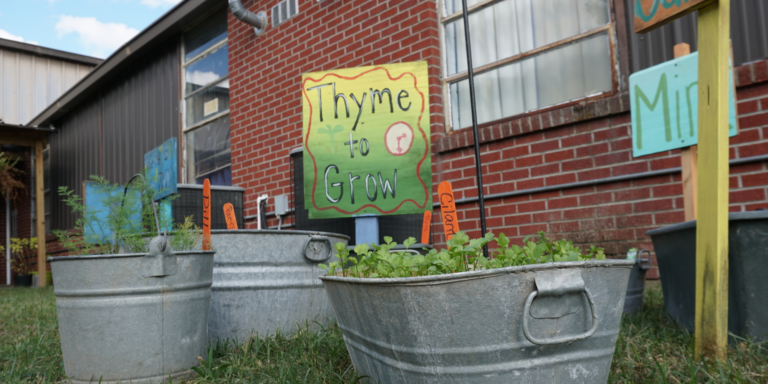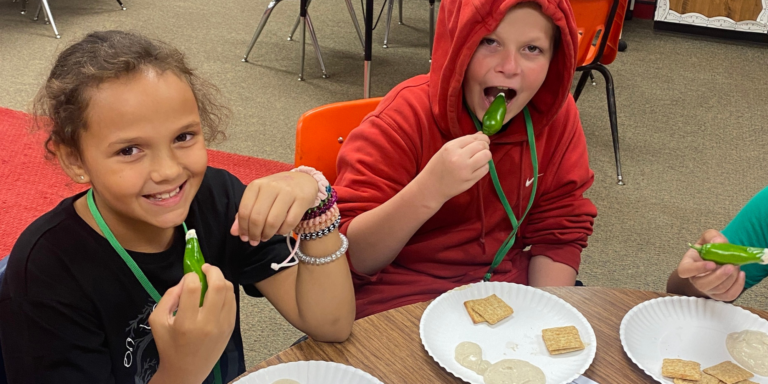Finding Abundance
Service member Ann Dang writes about her community’s efforts to distribute fresh, healthy food during the pandemic.
Service member Ann Dang writes about her community’s efforts to distribute fresh, healthy food during the pandemic.

By Ann Dang, FoodCorps AmeriCorps Service Member ’21
One scene that stands out from this past year, while we endured the pandemic, is the image of long lines snaking through neighborhood streets, of people waiting and hoping to pick up aid from food banks all across the country. The next scene: produce being dumped for reasons I could only narrowly grasp: disruptions in the supply chain leading to a surplus of crops. The solution seemed simple, yet uncontrollable circumstances prevented distribution as COVID-19 began shutting down industries. The economic toll of the pandemic was felt by everyone — and most certainly by the farmers who grew our food and were left stranded with millions of pounds and nowhere it could go. The links to the farms were broken and the disruption was felt by all, with low-income citizens hit hardest.
According to an annual report by the Food Research & Action Center, Los Angeles Unified School District has among the highest concentrations of low-income students in the state of California, with more than 80% living at or below the poverty line. 24th St. Elementary is an LAUSD Title I public school located in the Jefferson Park neighborhood of South Los Angeles. As this area has been historically underserved, the closure of public schools during this time meant the closure of many students’ main food source: school cafeterias.
People got to work in other ways. LAUSD, ranked No. 1 in the nation for its free breakfast program in the same annual report, responded by setting up Grab-and-Go centers, and the school nutrition staff once again did the necessary and essential work of feeding our school families. Still, there’s always more to be done.
On the northwest corner of 24th St. Elementary sits a 1.5-acre school garden where we once held garden and cooking classes with students. With distance learning in place, we were left with a lonely garden, emptied of students yet bursting with abundance. We thought of ways to reconnect with our school community and address the concern of food insecurity. We began ramping up production and harvesting crops to share. We supplemented our crops with generous donations of surplus produce from a local nonprofit that rescues food from farmers markets and wholesale distributors — diverting waste from landfills and redistributing the food to hunger relief programs. As evidenced in the early days of the pandemic, the produce is there; it just needs a way to reach everyone. So, every other week, we began to pick up hundreds of pounds of free food: arriving at sunrise, loading up our cars with pallets of produce, and taking it to 24th St. Elementary for redistribution. At first, we were modest in our distribution efforts. We harvested around 80 pounds of fresh produce from the school garden and picked up 500 more from a local non-profit, Food Forward. We made announcements and set up tables and signage in front of the school. Still, we weren’t sure what the turnout would be. There was a moment of hesitation — what if no one comes and we’re left with all this produce? Before we could think about possible alternatives, families began showing up and within 15 minutes, everything was gone.
At the height of the pandemic, when aid was needed most, we increased our efforts and began redistributing upwards of 1500 pounds of produce every other week. As spring arrived, cases began to fall and vaccines were rolling out. We were able to change our model from contactless pick-up to an open market where anyone could come and pick out free fresh produce and were encouraged to take more. We found visitors often hesitating out of modesty or consideration of others waiting in line, wanting to make sure there was enough to go around for everyone.
Currently, our Free Farmers Market happens bi-weekly at 9:00am; it’s timed during the District’s Grab-and-Go program to help streamline things. Families can pick up hot prepared foods as well as their choice of available fresh produce. The market has become an anchor within the school community; members returning and chatting with school staff, recipes being exchanged, conversations and excitement around new produce. We talk about the different kinds of dishes one could make with calabacita and ask what one would do with fresh garbanzo beans. Images of pozole and slow-roasted vegetables come to mind and stomachs growl. Luckily, it’s lunchtime now: the food has been shared and it’s time to rejoice in the abundance.
FoodCorps AmeriCorps Service Member Ann Dang was selected as a runner-up for the 2021 FoodCorps Victory Growers Award “for a compelling account of hunger and food insecurity,” winning a $1,000 prize for her service site, Garden School Foundation in Pasadena, CA. The award, sponsored by C&S Wholesale Grocers, highlights that many children struggle with hunger and food insecurity, and that the food they receive at school is the most important meal they will get all day.
Read more from the 2021 Victory Growers essay contest:

The Policy Brief, March/April 2024: WIC is Fully Funded

What Makes a Great School Garden?

5 Delicious Spring Recipes to Cook With Kids